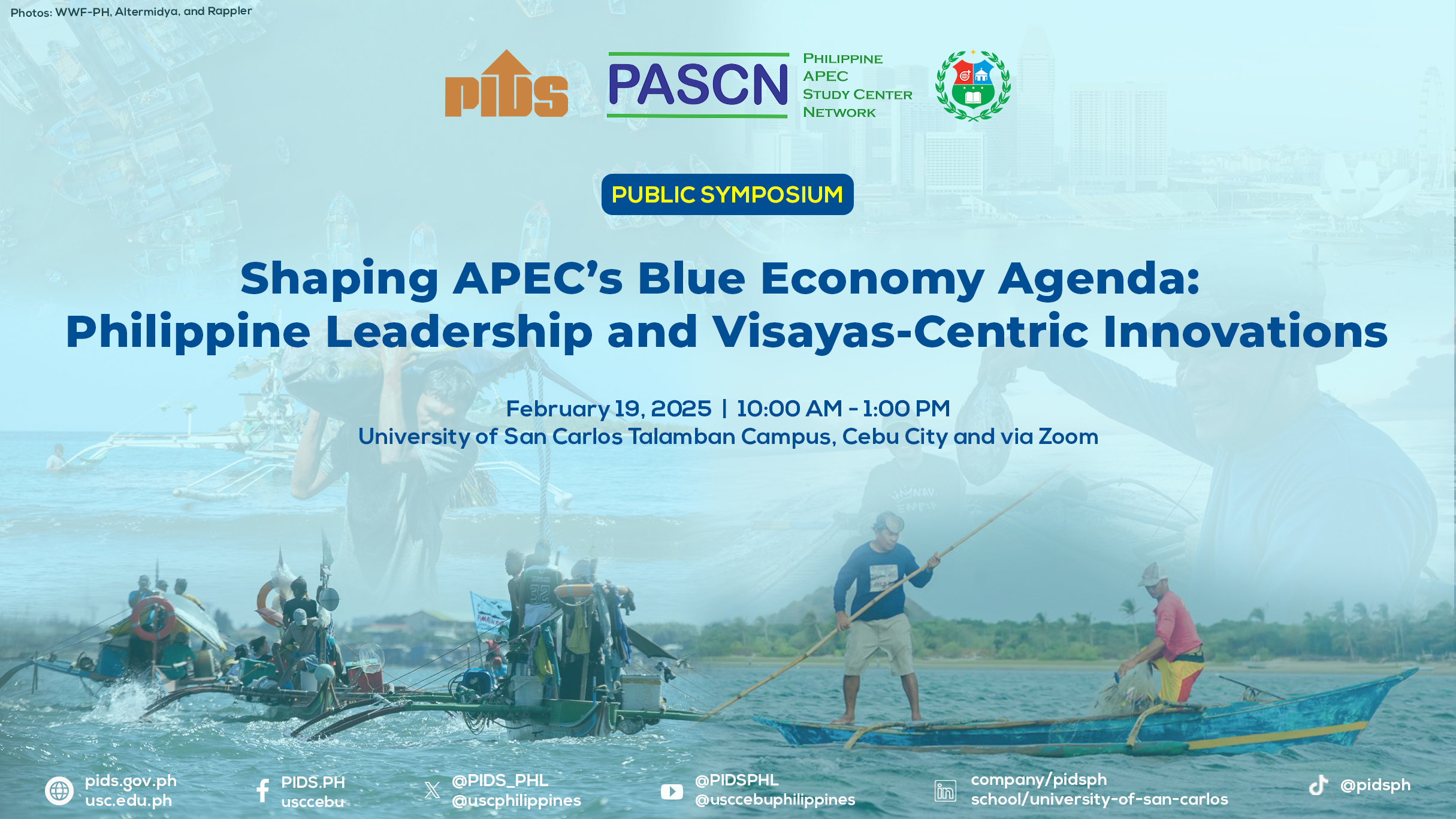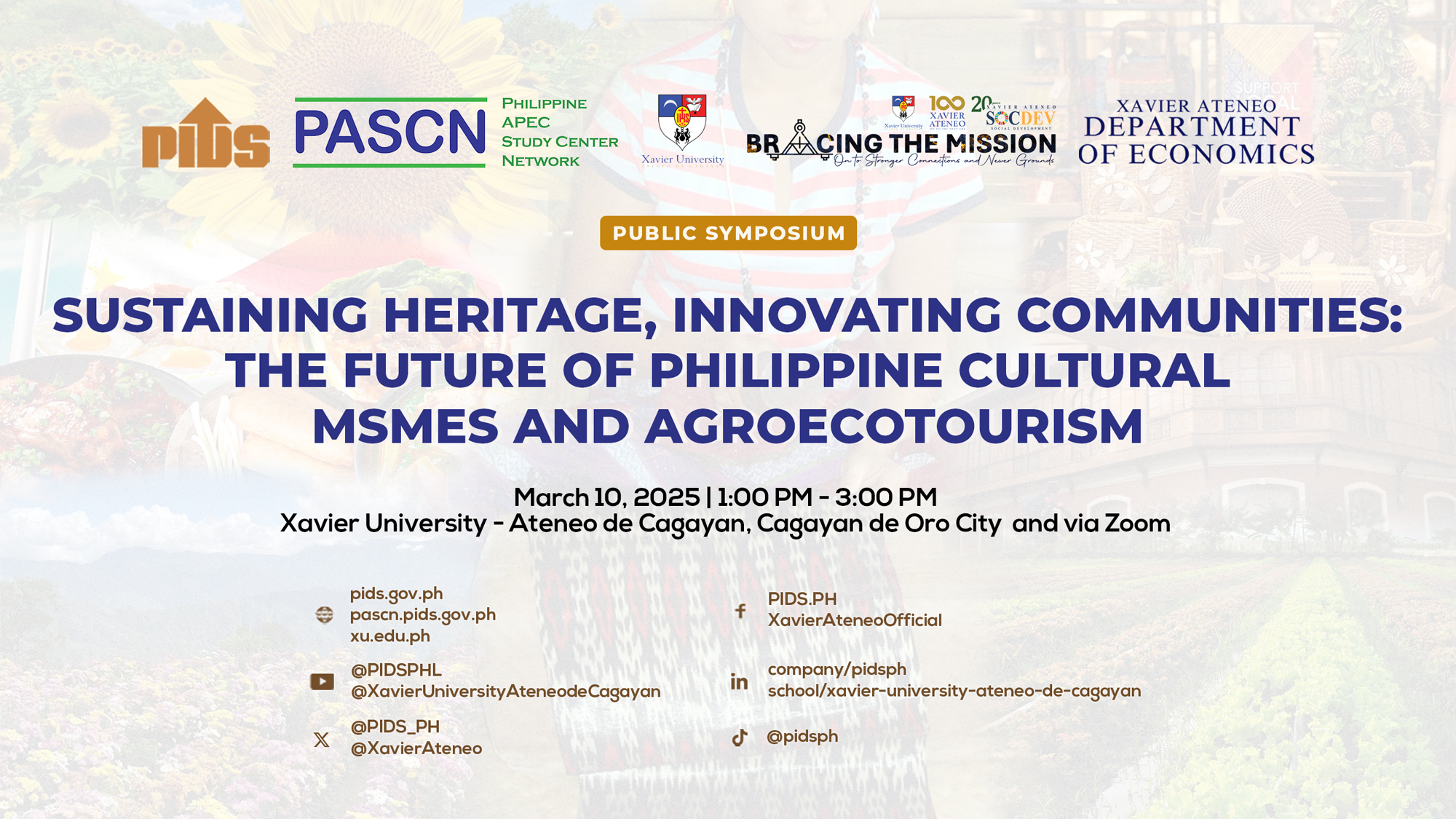The sugar industry was recently shaken by the confusion of signals within the government on whether there was a need to import 300,000 metric tons of sugar.
The industry is in a watershed moment that deserves a deep review.
The Philippine sugar industry. The sugar industry today is very different from the sugar industry of old. It is one that practically serves only the domestic market, although it pretends to be an export surplus industry.
The old sugar industry was a truly export competitive industry that served a very large export market. It was the principal lifeblood of the nation’s foreign trade. It provided jobs to a wide range of sectors and was an anchor of national economic prosperity.
Access to the large American market was the principal economic policy of American colonial times, creating foreign trade prosperity for the country. The Philippine sugar industry led all other agricultural and other industries that responded to this colonial policy.
What fueled the rapid expansion of sugar exports before political independence was the massive participation of American investments in setting up sugar mills and in the commercial aspects of the sugar trade that ensued. This set the stage for the rapid expansion of sugar growing in an industry that was already established even before American colonial times.
The grant of political independence in 1946 changed the trade relations. All the sharp edges of those trade relations impacted adversely and heavily on the sugar industry. This reduction of access to the American market was modulated by the special trade relations that lasted until 1974.
This was further changed in the 1980s. Our remaining access of sugar to the American market dwindled as the US opened its protected sugar market to more foreign countries.
Trade policy also changed for the Philippines. The ASEAN Free Trade Agreement came into force even as we became a member of the WTO (World Trade Organization). In 1996, we also joined the International Sugar Agreement.
The sugar industry remains extremely important in the national economy. Most of the output of the sugar industry now serves the domestic needs of Philippine consumers and producers. It ships its exports mainly to the American market and hardly participates in the global sugar market as an exporter. The industry is not competitive at the global market price.
The regulation of the sugar industry through the Sugar Quota Administration (SQA) is an institutional legacy from American colonial times. It defined the uses of sugar as between export sales and domestic use, and set mechanisms to control this. The Sugar Regulatory Administration (SRA), which superseded the SQA as the regulator of the sugar industry, is designed to resolve the conflicting interests of sugar planters, millers, and consumers in the industry.
Current challenges within the sugar industry. The literature analyzing the problems of the sugar industry is sparse despite the fact that much literature on the sugar industry has been an analysis of past problems of the old sugar industry.
Through the years, economic growth and other developments have absorbed some sugar lands for other uses. The productivity of the existing sugar farms has remained stagnant essentially because these changes had not induced new and large investments to raise sugar land productivity.
Since the 1990s, land reform affecting the sugar industry has resulted in breakup of large plantations into smaller-sized holdings of sugar farms. The regrouping of small land size into farming cooperatives has not brought about land re-consolidation.
The ownership of the many sugar mills that dominated the industry of old has also been transformed. The destruction from the second World War of many sugar mills and the grant of war damage payments after the war accelerated the repatriation of American investments in sugar mills. The remaining American investors in the mills had long since sold out to Filipino investors through the 1950s to the 1970s.
Many of the sugar mills have been acquired by the food processing companies owned by corporate groups, such as the Gokongweis, San Miguel Corp., Lucio Tan, and others. The sugar mills were set up across the sugar producing islands.
Many of them are essentially still intact although they are old and wanting for modernization into cost-efficient mills. The last major refurbishing of sugar mills was undertaken during the 1970s. In any case, there is little literature that analyzes the milling assets of the sugar industry.
Competition issue in the sugar industry. An important paper on the competition issues in the Philippine sugar industry has been undertaken at the Philippine Competition Commission.
The paper on competition issues in the sugar industry was prepared by Dr. Roehlano M. Briones, a senior research fellow at the Philippine Institute for Development Studies. (See “Competition Issues in the Sugar Industry in the Philippines,” Philippine Competition Commission, Policy Note 2020-03).
This paper reviewed the brief history of the sugar industry, its value-chain-progression from farming to retailing. In this context, he was able to review the price of sugar from the values created by agriculture, to processing into sugar, and finally as it reaches the final price for retail.
Philippine prices of sugar are very high in relation to the price of traded sugar in the international sugar market (after accounting for costs of transport and insurance from the world price). In short, Filipinos pay a high price for consumed sugar at home.
Many factors are involved. Cost inefficiencies in farming and in milling add up. Also, regulatory decisions that limit the uses of sugar output can act as barriers for flexibility and speed of action. All these have their influence on the state of competition (or lack of it), firstly in the domestic market for sugar and ultimately in international trade.












